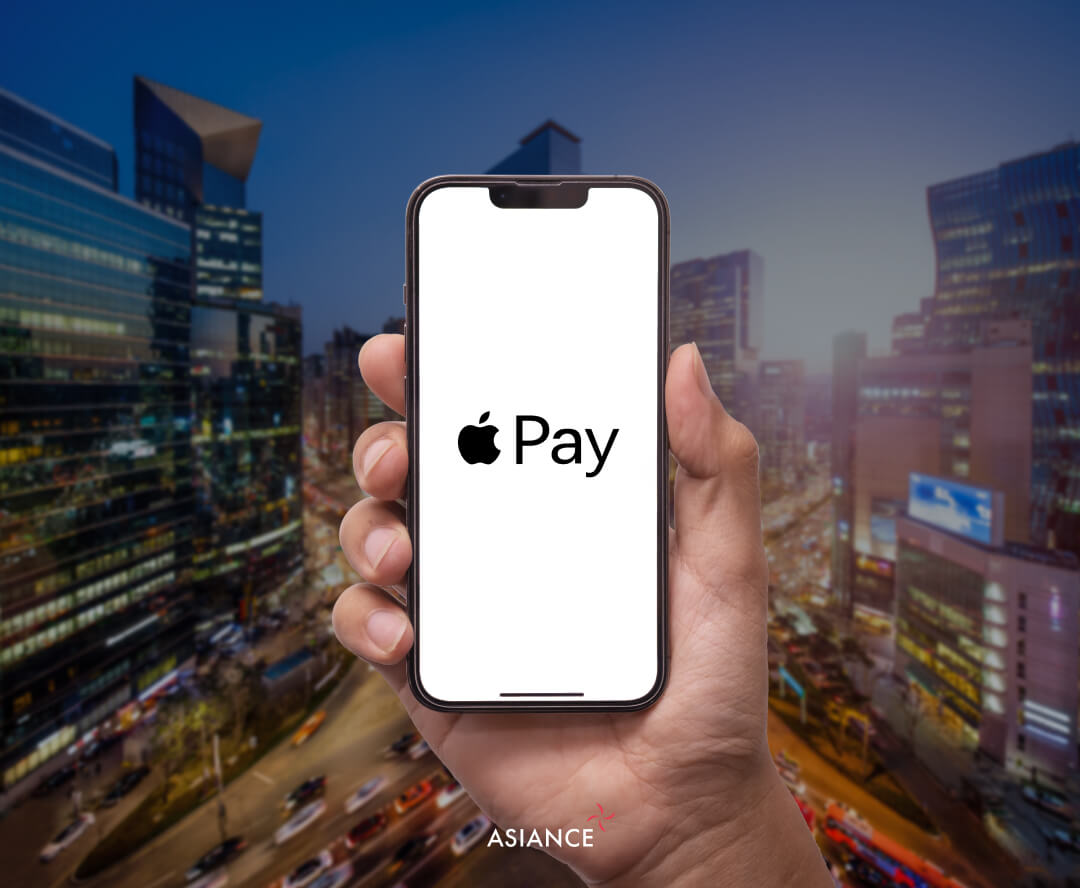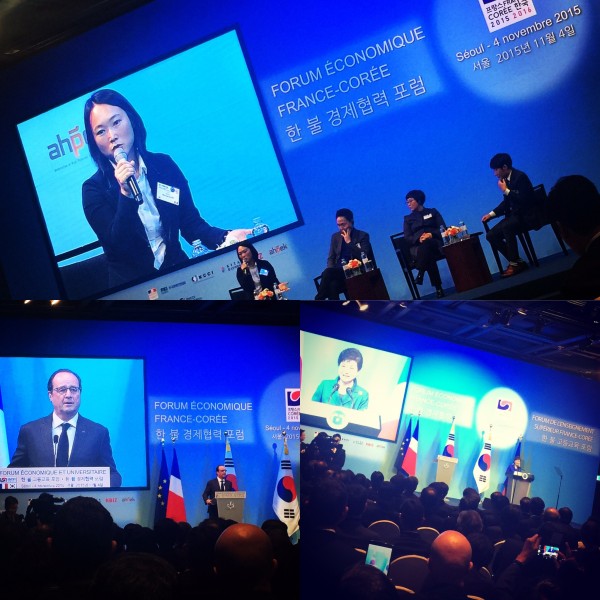South Korea and Apple Pay: an indicator of protectionism?
Apple Pay is a digital payment system that allows users to add their credit cards to their Apple devices using the “wallet” app. The system was launched globally in 2014 and has since become the second most widely used digital payment system, processing US$6 trillion worth of payments in 2021. Apple Pay employs near-field communication (NFC), a wireless protocol that enables contactless payments. The system is currently available in 76 countries, with the notable exception of South Korea prior to March 21st, 2023, when it was available in all the other top economies of the world, including China and Japan.
Indeed, in late 2022 – 8 years after its initial launch – it was announced that Apple Pay would be available on November 30th but the launch was belated due to concerns from South Korean authorities about data privacy breaches to foreign networks. The Financial Service Commission subsequently reviewed Apple’s terms and conditions, as data privacy has been a sensitive issue since a massive information leak occurred in credit card firms in 2014. Compounding these concerns were the potential difficulties in negotiations between Apple and local Korean credit card companies, reluctant to pay for the installation of the NFC payment network. Hyundai Card, Apple’s ally in Korea, was potentially subject to antitrust scrutiny if it compensated local retailers for NFC reader installation. Given these challenges, local financial institutions had little incentive to collaborate with Apple, particularly given Samsung and Samsung Pay’s dominance in the market and Apple Pay’s transaction fees, which amount to 0.15% of every transaction in Korea.
The delayed release of Apple Pay in South Korea highlights the country’s cautious approach to the adoption of foreign-based technology, particularly with regard to data privacy. The ban on the popular iPhone in 2007 is an excellent illustration of this cautiousness that enabled Samsung to catch up and become dominant in its home market. In 2022, Apple’s market share in South Korea was 22.5% (Counterpoint Research).
Digital Payment in Korea
Apple worked with Hyundai Card for its release in Korea, meaning that only Hyundai Card holders can currently add their credit card to their Apple device and use Apple Pay. While rumors suggest that this could be part of a one-year exclusive partnership between the two companies, there has been no confirmation. This has sparked a race to digital payment in Korea and created competition between local players and Apple Pay.
In 2021, Samsung held almost 80% of the local smartphone market share. Samsung Pay is the most widely used digital payment application in Korea, with almost 15 million users in the first half of 2022 according to Mobile Index. It uses magnetic secure transmission technology for its digital payment services through payment terminals, and the majority of retailers support this network. In response to the launch of Apple Pay in Korea, Samsung has made alliances with both Kakao Pay and Naver Pay to consolidate its dominance in the local market. As a result, Naver Pay users can make payments at offline retailers using magnetic secure transmission, the network system used by Samsung Pay, while Samsung Pay users can make transactions with Naver Pay-affiliated online stores (+500,000 stores). With Kakao, it is expected that Samsung Pay users will be able to make transactions through the Kakao Pay app. This strategy aims at building a loyal customer base through convenience. Indeed, these alliances enable a greater reach for Samsung Pay, Naver Pay, and Kakao Pay services meaning better user experiences through the possibility of easily switching from offline to online payments.
Apple Pay in Korea: limitations and Perspectives
South Korea has a unique and specific digital ecosystem, prompting the question of whether Apple Pay can successfully integrate into this market. One limitation is the restricted number of compatible terminals, with only 70,000 out of 2.9 million stores estimated to possess NFC readers for Apple Pay at the end of March 2023 (less than 10%). The insufficient installed base of NFC terminals unavoidably slows down consumer adoption rates, which may be attributed to the investment cost for businesses in these terminals. Following the launch of Apple Pay, a high influx of consumers resulted in network saturation, causing payment failures.
Nonetheless, Apple Pay’s entry into the South Korean market represents a step toward breaking down the barriers between online and offline payments. One of the technology’s most significant advantages is its international usability. While the immediate success of Apple Pay is uncertain, it is beyond doubt part of a long-term strategy. Interestingly, Korea’s 18-19-year-old age group prefers iPhones over Samsung, suggesting potential growth in Apple’s market share and a shift in payment method habits. In fact, following the arrival of Apple Pay, Hyundai Card responded by issuing 355,000 new cards. As indicated by data from Hyundai Card, the end of April marked a noteworthy milestone with 9.3 million Apple Pay transactions. Also, during the same period, approximately 71 percent of Hyundai Card users engaged in at least one Apple Pay transaction. Furthermore, Apple Pay users stood out with their overseas transaction volume, accounting for 9 percent of all payments, notable data compared to the typical 2 percent observed with other cards in the market.
As the race for dominance in the South Korean market begins, it’s worth noting that historically, foreign companies have faced challenges and are not typically the winners.












